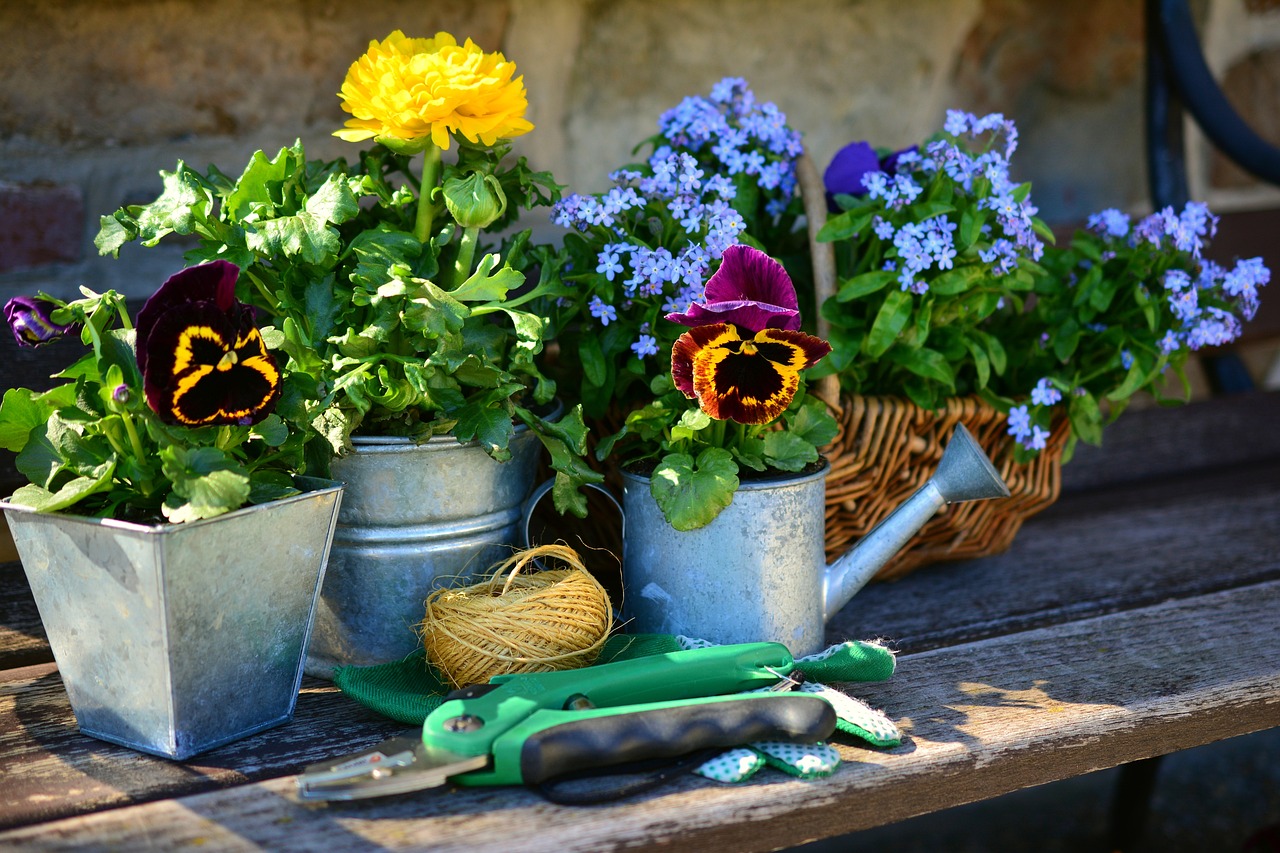Gardening Quiz 1: Test Your Plant Knowledge: Starting today, we are launching a new series called “Gardening Quiz”, where we’ll post informative questions related to gardening. These quizzes will help you learn more about plants and improve your basic gardening knowledge.
So, let’s get started!
Gardening Quiz 1
Q1. _________ can suffocate the roots, cause root rot, and damage the plant.
A. Underwatering
B. Overwatering
C. Fertilizers
D. Fungicide
Q2. Which of the following is often referred to as “black gold”?
A. Coco Peat
B. Humic Acid
C. Compost
D. Cow Dung
Q3. Which of the following can be used to prevent pests in the soil?
A. Compost
B. Neem Cake Powder
C. Sand
D. Epsom Salt
Q4. Which of the following is not an indoor plant?
A. Monstera
B. Purple Heart
C. Peace Lily
D. Pothos
Q5. The process of removing dead or damaged leaves, stems, and flowers is known as ___.
A. Pruning
B. Fertilizing
C. Cleaning
D. Mulching
Gardening Quiz 1: Solutions
Answer 1: (B) Overwatering
- Avoid overwatering in plants. Always check soil moisture level before watering.
Answer 2: C) Compost
- Compost is rich in essential nutrients and is often called “black gold” due to its high value in gardening.
Answer 3: (B) Neem Cake Powder
- Mixing a small amount of neem cake powder into the soil can help prevent soil-borne pests naturally.
Answer 4: (B) Purple Heart
- Purple Heart is typically grown outdoors and is known for its hardiness and vibrant purple foliage.
Answer 5 – (A) Pruning
- Pruning is the process of removing dead or damaged leaves, stems, and flowers.
- It promote healthy growth and improves the plant’s overall appearance.
Must read: All About Pruning Tips
|
About the Author Mrs. Sudeepti Bajpai is a passionate gardener and plant lover with over 15 years of experience. She helps people grow thriving gardens through container, balcony, and terrace gardening, and has successfully grown many vegetables in pots and limited spaces. On her YouTube channel “Voice of Plant,” she teaches people the science and logic behind gardening in a simple, practical way — from composting and repotting to pruning and plant care routines. Follow us: Voice of Plant – YouTube Voice of Plant – Facebook Voice of Plant – Instagram |
